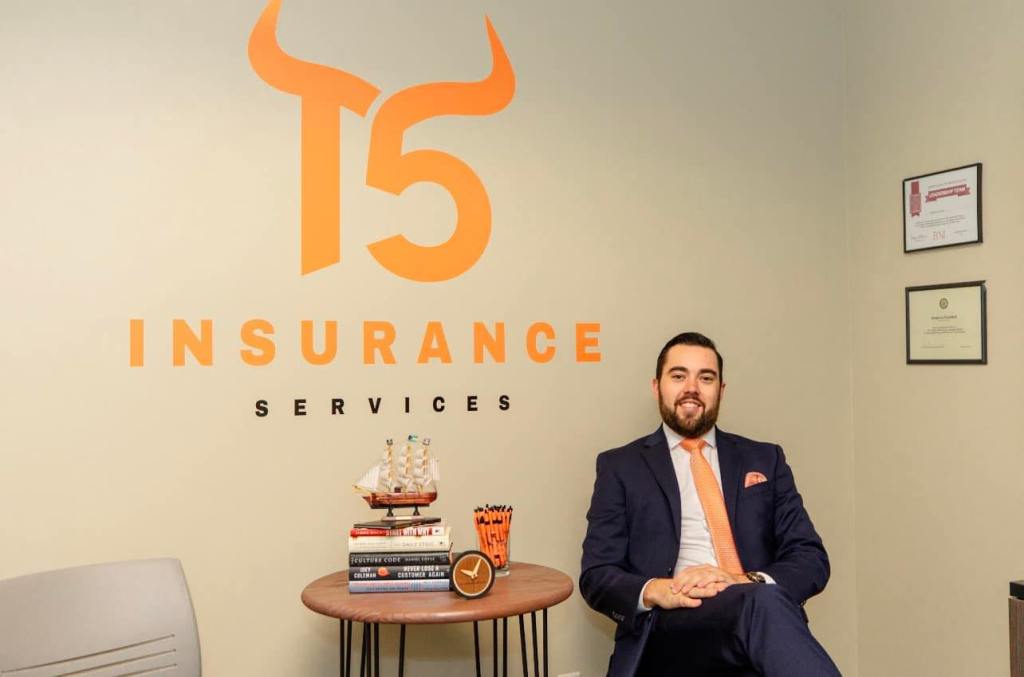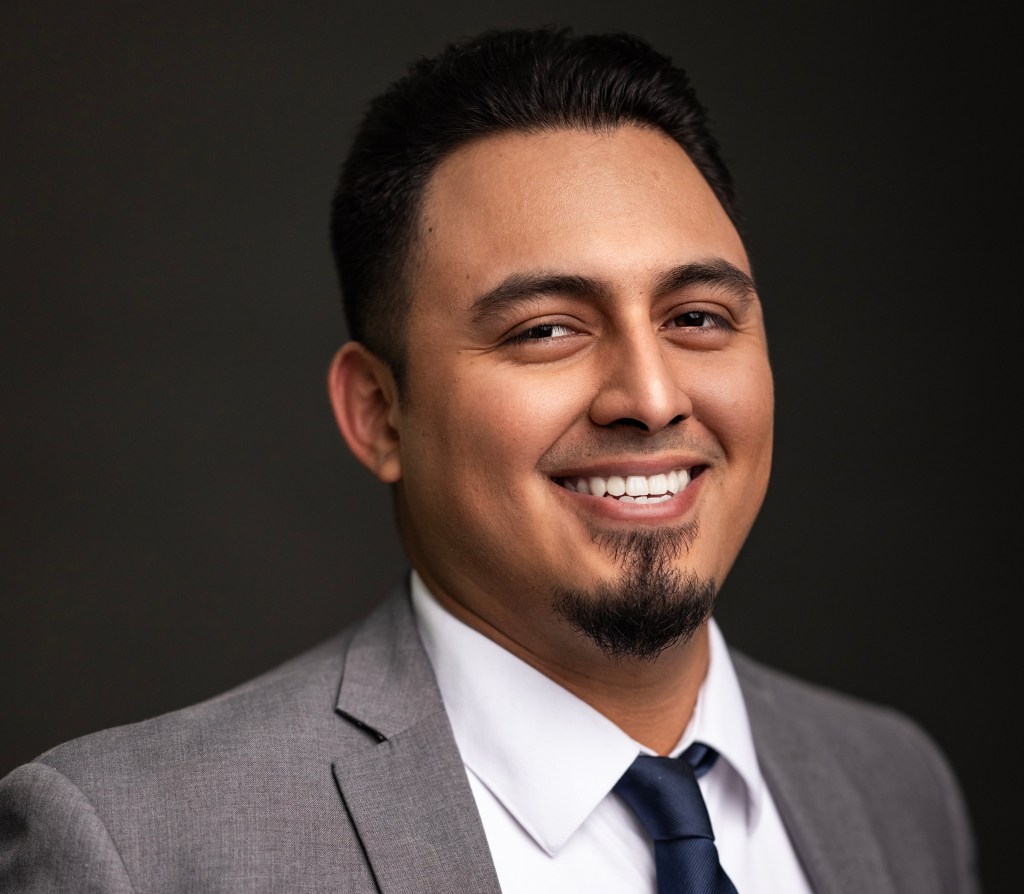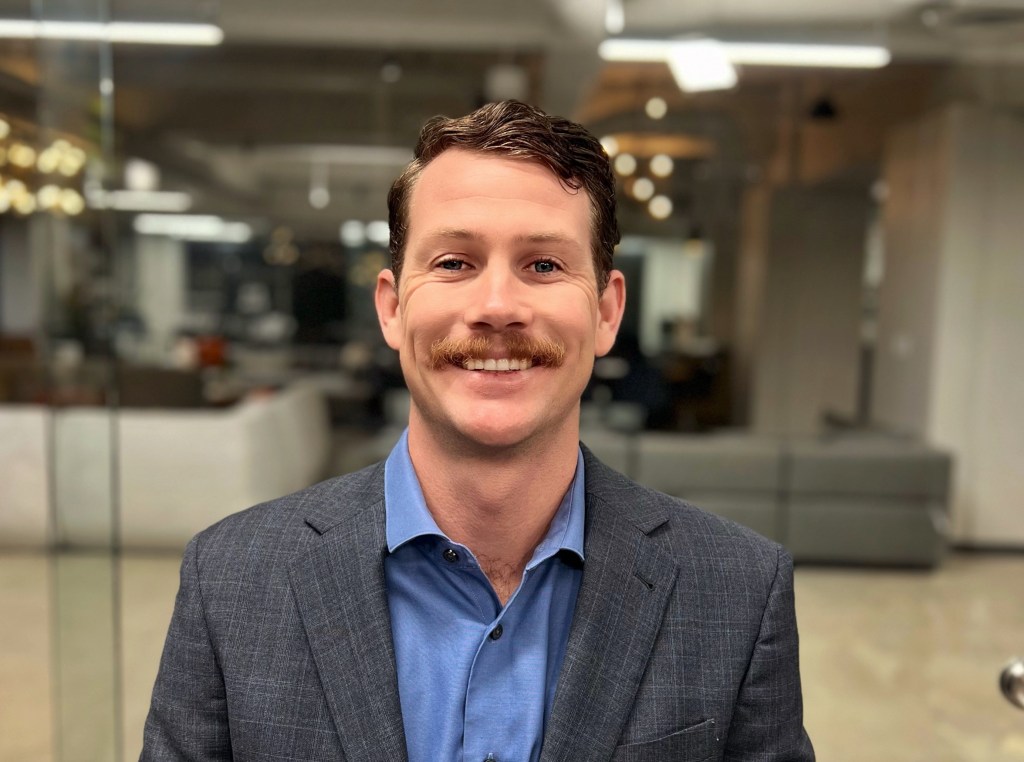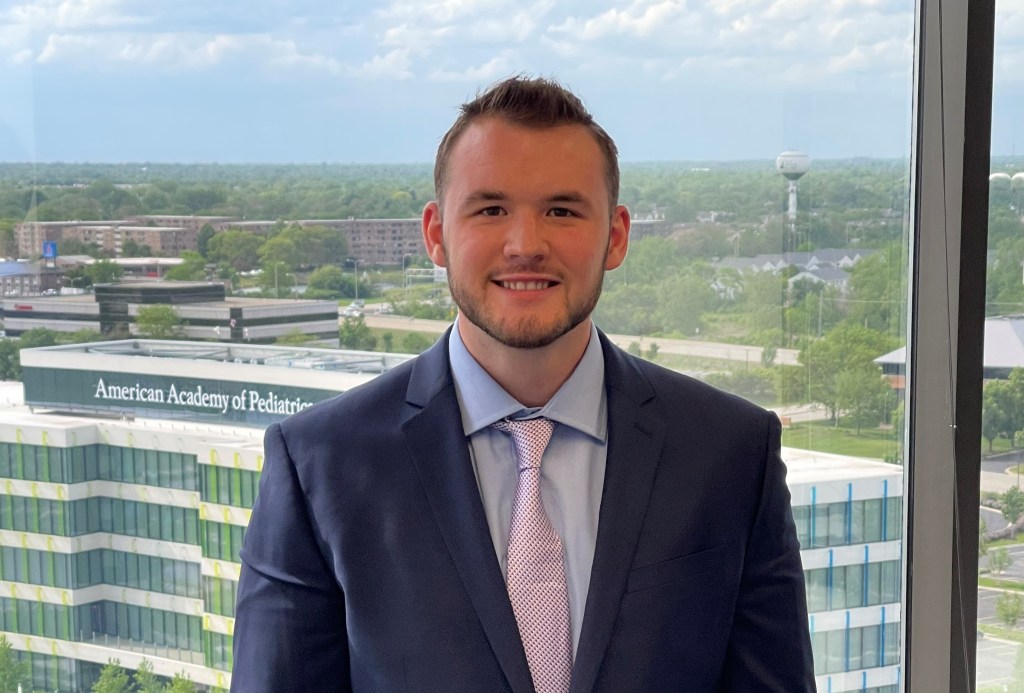Outside the Lines: Should Your Agency Write E&S?

By: Jacquelyn Connelly
An insured comes to you with an excess & surplus lines construction product from a competitor agent. The insured is based in northern New Jersey but makes most of their revenue working in the five boroughs and surrounding counties.
You review their policy—and discover it contains territory exclusions for New York.
Sean Hickey, p-c practice leader and executive vice president, Rose & Kiernan, Inc., a Best Practices Agency headquartered in East Greenbush, New York, sums it up nicely: “When you have to look a prospect in the eye and ask them how they feel about the fact that they just bought a donut hole, it makes you think to yourself, ‘How can anybody make that sale in good conscience?’”
But in a market segment known for unstandardized forms, scenarios like this are more common than you’d think. “Because the E&S market affords underwriters the opportunity to craft a bespoke solution for a client, sometimes those solutions are well-priced and exceptionally broad, and other times they are well-priced and extraordinarily restrictive,” Hickey points out. “The broker’s job is to differentiate.”
As a top 50 privately held broker, Rose & Kiernan is licensed to write E&S business in all 50 U.S. states as well as internationally. The agency handles E&S business through its professional brokering practice, which is staffed by insurance technicians who have deep experience in the E&S marketplace.
“Any time you make a submission in the E&S market, the hallmark of any solution you put together has to be broker diligence,” Hickey says. “That means understanding the fit of the product for the clients’ needs, and that takes on a multifaceted complexion—it’s pricing, it’s retentions, it’s total cost of risk, it’s breadth of coverage and it’s the ability of the product to meet its intended purpose.”
E&S makes up 13% of total commercial lines revenue at the ave-r-age independent agency, according to the 2018 Future One Agency Universe Study. Among agencies with revenue from E&S products, an average 62% have producers who are licensed to write E&S, ranging from 59% among small-midsize agencies to 85% among jumbo agencies. That’s significantly higher than in 2016 [see sidebar].
Looking to expand your E&S book this year? In this market, sky’s the limit, but you’re not likely to succeed without the requisite technical expertise—as Hickey puts it, a deep understanding of “what’s in the soup.”
State of the Market
Jim Lynch, chief actuary, vice president of research and education, Insurance Information Institute, observes that ebbs and flows in the
E&S market are closely linked to the broader insurance market cycle.
“The E&S base typically starts to grow when you go into a hard market cycle, because agents have to find new markets for risks they traditionally were able to place with standard markets,” Lynch explains. “We’re not in a hard market yet, but the market is definitely firming.”
“What we’ve seen recently is a tightening of some of the appetites within the standard market, as well as some rate increase,” agrees Bryan Sanders, president of U.S. insurance, Markel, who also points to a reduction in the amount of standard carrier appointments within the current insurance marketplace.
That has led independent agents to “look elsewhere for solutions,” Sanders says, noting that E&S remains a particularly appealing option in states like California, Florida, Texas, New York and Louisiana thanks to several severe catastrophe seasons back to back.
“Anybody who writes on the coasts knows the challenges of trying to procure and build balance sheet protection for a client around their fixed assets,” Hickey agrees. “More and more standard carriers don’t want to write that business with the same program architecture, pricing and terms and conditions that may have been available a decade ago.”
In California, for example, “insurance companies aren’t able to achieve the rates they need” in the wake of severe wildfire losses, Lynch notes—and “if you can’t get the rate to write a piece of property, you don’t write that property. There will be a number of policies that get non-renewed, and they’ll have to seek coverage elsewhere.”
Similarly, in independent agent Krystal Lugg’s South Florida locale, “property insurance has historically been E&S-centered,” she says. And certain classes “will probably always remain E&S”—high-hazard classes, those with frequent losses, and emerging lines like cyber, where “admitted carriers are struggling to keep up with the filings.”
“You see a higher level of innovation and creativity in the E&S market,” Hickey agrees. “Because those carriers are free from the regulatory irons that sometimes constrain carriers from developing products in the standard market, the E&S market has not only filled a void but also kept pace with emerging risks.”
The Benefits
Lynch cites private flood as another area ripe for E&S involvement in the coming years; Sanders points to classes like nursing homes, product manufacturing, transactional liability and environmental, particularly risks that involve heavy trucking.
From difficult classes and accounts with poor loss history to extraordinary limits and elements like named storm for coastal property owners, “the surplus market can address coverage issues the standard market will not,” says risk management consultant James R. Mahurin, who has provided fee-only risk management and insurance consulting services to insureds since 1984.
Plus, because E&S business tends to be more severity-driven, “it has historically been very, very profitable,” Hickey points out. “It’s outperformed standard p-c lines as a general rule.”
The E&S market grew almost 6% in 2017, comprising nearly 14% of all direct premiums written that year, according to A.M. Best—and “that has continued to pick up year over year,” notes Matt O’Malley, president, E&S casualty at AXA XL. “Agents are seeing a growing proportion of the market moving toward the
E&S space.”
As more regional and super-regional companies form E&S units, Hickey says, “they’re affording retail commissions, providing additional product offerings and providing an opportunity for not only the broker but also the carrier to round out their portfolio.”
That’s the greatest benefit of writing E&S, Lynch believes: “It gives you a diversified revenue stream. When we talk about market changes, you sometimes have to move an account from standard lines into E&S and back and forth. If you can handle both, you have a mechanism for keeping that business.”
Lugg says E&S provides opportunities on both sides of the equation: when her agency can identify an account that’s in an E&S placement but doesn’t have to be, and when an account is placed in the admitted market but E&S would provide broader coverage, more cost-effectively.
“We use E&S placements when it makes sense,” Lugg explains. “We’ve had instances where an admitted carrier is on a piece of business, but they have restrictive endorsements that aren’t favorable to our client, so we moved them to E&S to eliminate those exclusions. We look at the carriers and we look for stability. It’s about finding the right combination of comprehensive coverages and competitive pricing.”
With that flexibility, “you create opportunity for your firm in areas where you maybe haven’t dipped your toe in the past,” Hickey says. “You’re bringing your customer the broadest slice of the marketplace you can.”
 The Challenges
The Challenges
But by the same token, “you always hope that agents are looking at this through a conscientious lens, saying, ‘I’ve got this license because I need to procure these products for my client, but I’m also focused on exercising that due diligence,’” Hickey says. “The devil is in the details.”
“I wouldn’t say there’s necessarily more paperwork in E&S, but there’s certainly different paperwork, and it’s going to tend to be more bespoke—not as standardized as in the admitted market,” Lynch explains. “If you’re writing Main Street business, sure, one restaurant is different from another restaurant. But restaurants altogether all have a lot more in common with each other than they do with grease recyclers.”
“Freedom of rate and form means the non-admitted market is operating in an unregulated space in terms of having forms that aren’t necessarily approved,” O’Malley agrees. “Those allow an insurer to provide and tailor coverage specific to a risk, but agents need to be prepared for the fact that the forms tend to be manuscripted.”
Similar to Hickey’s experience with the New Jersey contractor, Mahurin recounts a situation in which a surplus lines company charged a small business $42,000 for a commercial general liability policy that excluded all operations in the 10 states where the company worked.
“As part of a commercial account exceeding $300,000 annually, the CGL effectively limited coverage to premises activities at their small office, parking lot, small warehouse and adjacent equipment yard,” Mahurin says. “Endorsements limiting coverage were almost 50 pages.”
When the insured suffered a substantial six-figure property damage claim, the project owner discovered that the insurance was non-compliant and kicked the contractor off all their jobs for two years. According to Mahurin, “that represented approximately 40% of their work. The agent in this case ‘specialized’ in contractors, but his knowledge of contractor exposures could have been written on a napkin.”
“Rule No. 1 in our business is you must understand what you’re selling,” Hickey says. “When you get a two-page quote and it’s got a schedule of 40 endorsements, and 36 of them are nonstandard, and no one’s reviewed them? That’s malpractice.”
Agencies that focus on “demonstrating competency in their procurement—those who are doing a level of analysis on coverage and building a product to meet that intended purpose for the customer—are going to thrive in the E&S space,” Hickey says.
And the ones that don’t? Simple, Hickey says: “They’re going to be easy prey for the brokers that exercise that due diligence.”
Jacquelyn Connelly is IA senior editor.
For tips on how to succeed in the E&S marketplace, keep an eye on IA’s News & Views e-newsletter this month.
By the NumbersBased on licensing data provided by the National Insurance Producer Registry, then normalized proportionally based on U.S. population estimates, Paul Buse, president of Big I Advantage®, performed an analysis of individual resident and non-resident producer surplus lines licenses by state and found the following: States with the most individual resident property-casualty producer licenses per capita:
States with the most individual non-resident p-c producer licenses per capita:
States with the most individual resident surplus lines producer licenses per capita:
States with the most individual non-resident surplus lines producer licenses per capita:
States with the most individual licenses in general per capita:
|










